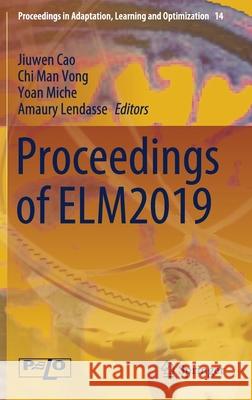Proceedings of Elm2019 » książka
topmenu
Proceedings of Elm2019
ISBN-13: 9783030589882 / Angielski / Twarda / 2020 / 182 str.
Proceedings of Elm2019
ISBN-13: 9783030589882 / Angielski / Twarda / 2020 / 182 str.
cena 806,99 zł
(netto: 768,56 VAT: 5%)
Najniższa cena z 30 dni: 771,08 zł
(netto: 768,56 VAT: 5%)
Najniższa cena z 30 dni: 771,08 zł
Termin realizacji zamówienia:
ok. 22 dni roboczych
Bez gwarancji dostawy przed świętami
ok. 22 dni roboczych
Bez gwarancji dostawy przed świętami
Darmowa dostawa!
Kategorie:
Kategorie BISAC:
Wydawca:
Springer
Seria wydawnicza:
Język:
Angielski
ISBN-13:
9783030589882
Rok wydania:
2020
Wydanie:
2021
Numer serii:
000772583
Ilość stron:
182
Waga:
0.44 kg
Wymiary:
23.39 x 15.6 x 1.27
Oprawa:
Twarda
Wolumenów:
01
Dodatkowe informacje:
Wydanie ilustrowane











